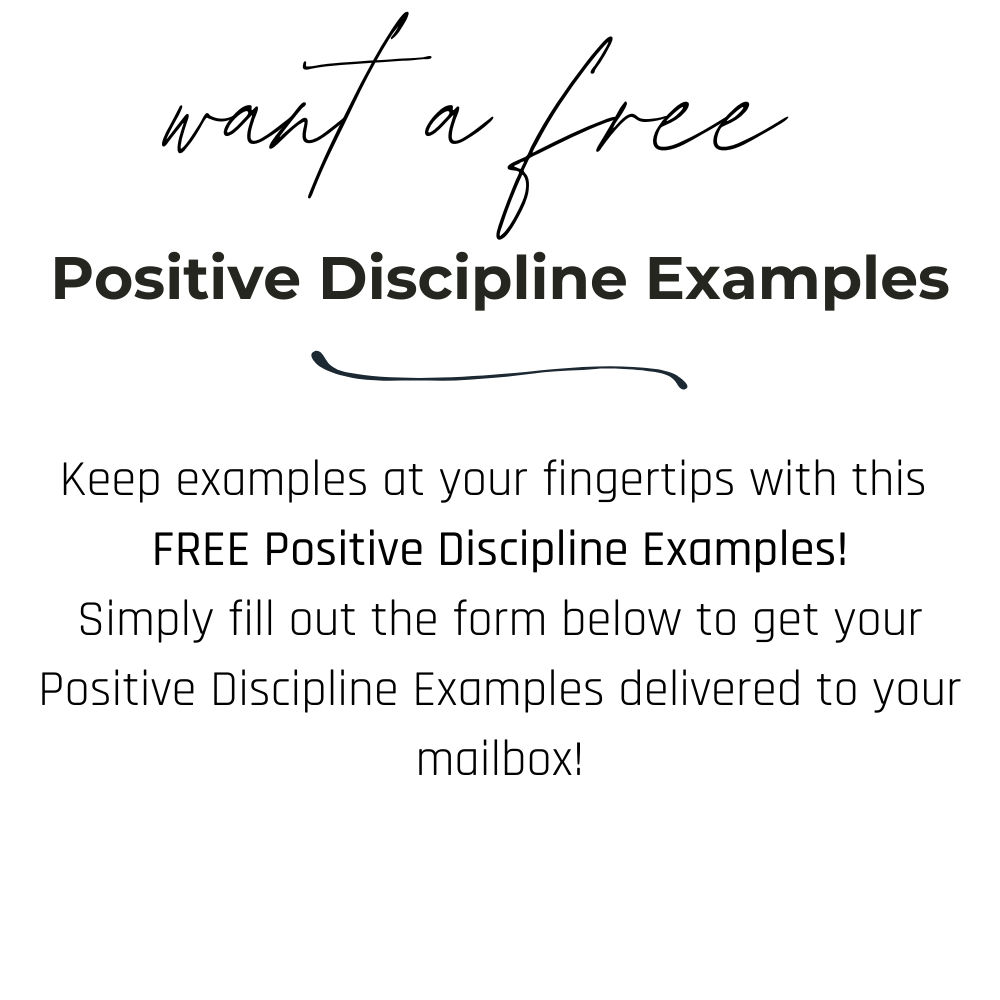This post may contain affiliated links, which means I’ll receive a commission if you purchase through my link, at no extra cost to you. Read the full disclosure statement here.
This blog post is all about positive discipline.
As daycare providers, we wear many hats. Managing young children comes with its challenges~including behavior. But discipline doesn't have to be punishment.
We are going to discuss what positive discipline is and how we can effectively implement it starting today!
POSITIVE DISCIPLINE
What Is Positive Discipline
Positive discipline is a philosophy that seeks to create a nurturing. loving, and patient environment for children to learn and grow. Dr. Jane Nelson has an amazing positive discipline book, "Positive Discipline: The Classic Guide to Helping Children Develop Self-Discipline, Responsibility, Cooperation, and Problem-Solving Skills." It's a MUST read!
It's all about guiding children to understand appropriate behavior while fostering a loving and respectful relationship.
In positive discipline, we need to remember the word "discipline" means teaching toddlers, not disciplining toddlers.
There are five concepts for positive discipline.
1. Clarity~ the child understands you don't approve of the behavior they just made but still love them, be firm and kind at the same time
2. Consistency~ be consistent in how you react to behaviors so rules are understood and followed
3. Communication~ continuously talking about rules and expectations
4. Caring~ use encouragement and excitement when rules are broken down
5. Consequences~ set and enforce clear consequences for negative behavior
Positive Discipline Examples
You just walk in the front door from having baby number two. Your toddler meets their sibling for the first time and smacks them in the head instead of the warm kiss you hoped for. Instead of yelling and being frustrated at your toddler and sending them to timeout, you understand this is a huge concept to understand.
You calmly talk to the child at their eye level, comforting them and letting them know you understand they feel scared and sad however, hitting is not okay and you love them just as much.
How Do You Practice Positive Discipline
First, you need to set clear, firm, and consistent expectations. Children thrive in knowing what is expected of them and their routines. For example, the expectation is to pick toys up before going outside. Or we use gentle hands when playing with our friends.
Kids love to have choices! Giving them choices builds their self-confidence. Give them two outfit choices and they pick which one to wear. Would you rather sit on the floor or a chair for story time?
Give children positive reinforcement and often. Letting children know they made a good choice teaches them and motivates them to continue to make that choice. I love how you're sitting down in your chair, Johhny. Or, I love how you took turns with the slide, Stevie.
Redirect children from a poor behavior choice to a positive choice. Chase, blocks are for building, would you like to go outside and throw your ball? This is redirecting the behavior to one that is positive.
Encourage problem-solving skills! Consciously ask the child what can we do to solve this problem?
For more in-depth help and understanding positive disciplining check out this online course!


This blog was all about positive discipline.
